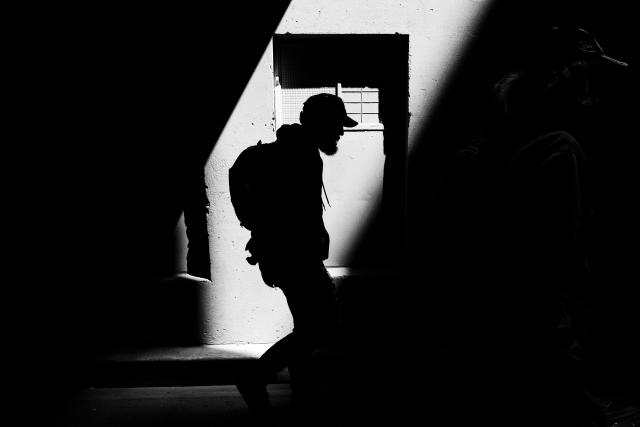More than half of prison entrants surveyed for the sixth survey on the health of people in Australian prisons said they had been previously diagnosed with a mental health condition and many reported a family history of incarceration.
The Australian Institute of Health and Welfare (AIHW) today released The Health of People in Australia’s Prisons 2022, which includes information gathered from 73 of 87 prisons in scope for the survey across Australia (excluding Victoria) to develop a comprehensive view of the health, wellbeing and social factors that affect people before, during and after time in prison.
Most prison dischargees surveyed for the report were happy with the health care they received in prison.
AIHW spokesperson Amanda Donges said many people in prison come from disadvantaged backgrounds, with poorer physical and mental health outcomes than the general population.
“They are less likely to have accessed health care services in the community, and more likely to have a history of risky behaviours that can affect health and wellbeing,” she said.
Nearly one-third of prison entrants had an education level of Year 9 or below. In the 30 days before entering prison, more than 40 per cent were homeless, nearly half were unemployed and one in 20 were studying. More than half of surveyed prison entrants reported a previous diagnosis of a mental health condition, including alcohol and other drug use disorders.
Almost three quarters of prison entrants reported using illicit drugs at least once during the previous 12 months.
One in 4 prison entrants reported that one or more parents or carers had been in prison when they were a child. This was more than twice as likely among Aboriginal and Torres Strait Islander (First Nations) entrants (36%) than non-Indigenous entrants (15%). Four in 10 prison entrants aged 18–24 had a parent or carer in prison during their childhood.
“The majority of people reported access to a range of health care and other services in prison. Nearly three quarters (72%) of prison dischargees rated the healthcare they received in the prison clinic as good or excellent,” Ms Donges said.
“Four in 5 reported their physical health improved or stayed the same while in prison. A similar proportion reported their mental health improved or stayed the same while in prison.”
Adults aged 18–44 in the general community were about 1.5 times more likely than prison entrants and prison dischargees of the same age to rate their health as very good or excellent.
First Nations dischargees were more likely to rate their physical health as very good or excellent than non-Indigenous dischargees.
Nearly half of prison dischargees expected to be homeless on release from prison, with 45 per cent planning to sleep in short term or emergency accommodation and 2.8 per cent expected to sleep rough. About half of prison dischargees had their own stable accommodation arranged.
There are more than 62,000 receptions into, and releases out of, Australia’s prisons each year.







